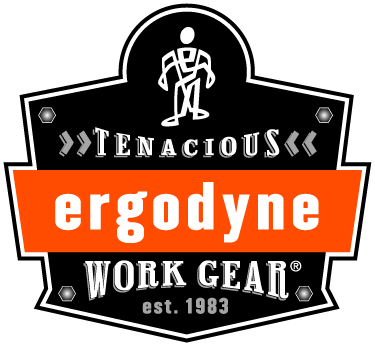How Herzog Roofing Protects Workers Above All Else
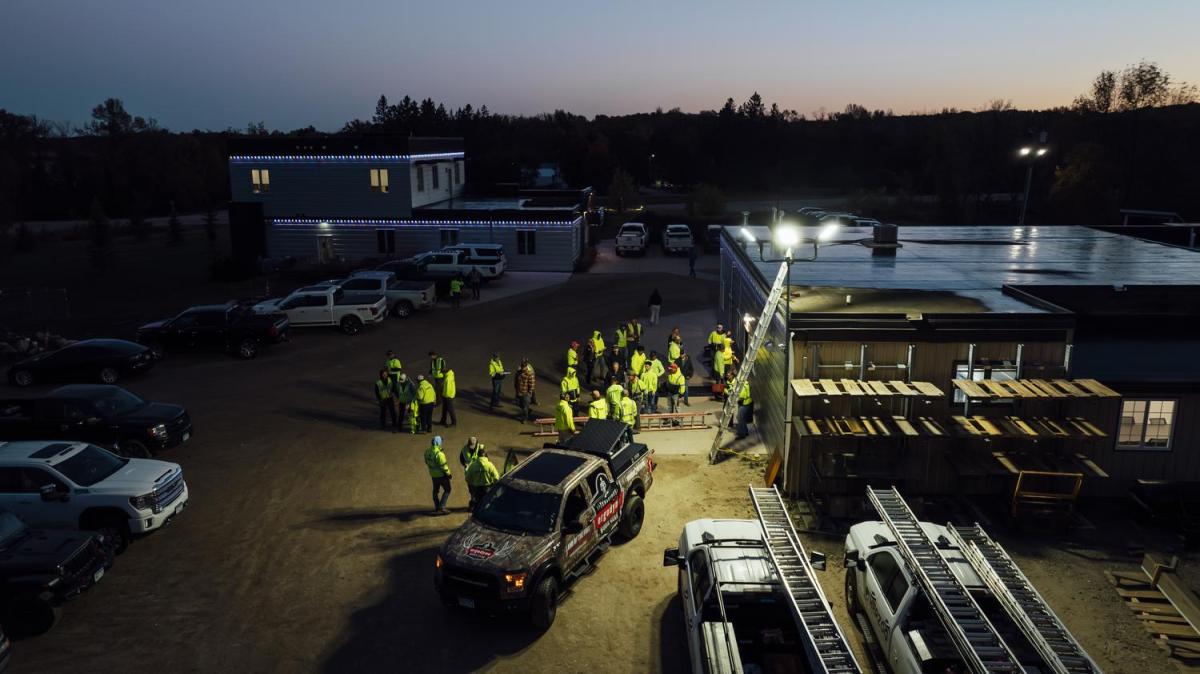
Founded in 1981 in Detroit Lakes, Minnesota, Herzog Roofing started with a $30,000 loan from Mom, the guidance of Dad, and the hard work of two brothers. Four decades later, this family-run business has grown into a trusted name in commercial roofing with an unwavering commitment to worker safety.
Herzog Roofing is a family-run company that prioritizes safety, treating workers like family. In an industry that works at-heights, the importance of equipment inspections and proper usage cannot be overstated.
I've been with Herzog's for 37 years. Family run business and they treat you sort of like part of their family. I can't see myself working any place else. I mean, the employees are the most important thing to me. And make sure they come home safe.
That's 56,000 people that are injured by a dropped object. And 4.7% of that leads to fatalities. Now all of those instances are what? Preventable. Becky Danielson, Product Manager for Dropped Objects at Ergodyne.
We are actually spending time with the people that actually use all the equipment out in the field so that we can get accurate feedback in order to build better products and find solutions for issues they might actually have.
For myself, if I'm working in the lift, and it's a retractable lift, retractable harness. Obviously, you got to have that. It's got to be clean. It's got to be like, you know, can’t have any rips in there and that type of stuff. But you definitely got to have it. I mean, it's too many close calls. You know, just that one mistake and that's it.
Two of the biggest key things within any industry, anywhere, is making sure that people inspect their equipment and making sure that they're using it in a manner that it was designed to be used.
In the old days, there was no safety. There was no gates and there wasn't, you know, there was some safety, but I mean, it wasn't as required as it is today.
When I first started roofing, I started roofing in like ‘91 and it was like just put flags up. Didn't make any difference on slopes or any of that type of stuff. I myself have fallen off roofs in the past, like prior to working here, and like broken ribs, hands, feet, you know, and all that type of stuff. And the whole thing is like making sure that people comprehend, like it's serious business if you don't tie up a panel or something like that and it blows off the roof and you can kill people, and that's real life.
The bottom line is, is I would really, you know, and when you show up for work on Monday morning, you go home Monday night.
Keep driving, keep moving forward. Keep trying to figure out what's the best thing that we can do to keep people safe.
The Philosophy: Safety as Quality
“You can’t have quality without safety. They’re inseparable,” says Rich Seebold, Safety Director at Herzog Roofing. This philosophy is at the core of Herzog’s operations, where integrity, honesty, and care define their approach. “I've worked on a lot of projects,” continues Seebold. “And I’ve always taken the mentality that this is my building and when I leave I'll turn it back over to you. So, I will not do anything unsafe or from a quality perspective that I wouldn't do with my own building.”
The Hazards: Facing Risks Head-On
From the moment workers arrive on-site, safety takes precedence through structured protocols, morning meetings, and, of course, the use of PPE.
Ergodyne Product Manager Becky Danielson reinforces this ethos, noting, “The best safety leaders use their ears more than their mouths.” By actively listening to workers and involving them in safety decision-making, Herzog Roofing ensures that safety is not just a mandate but a culture embraced by all.

Commercial roofing presents numerous safety challenges, including working at heights, exposure to temperature extremes (hot and cold), ergonomic strain, and the risk of eye, hand, and head injuries. With every project, Herzog prioritizes preemptive strategies to address these hazards, ensuring their crew returns home safely each day. This includes:
- Morning Safety Meetings: Discussions about risks and precautions.
- Administrative Controls: Policies and procedures to reduce hazards.
- Personal Protective Equipment (PPE): Gear tailored to the specific risks of each project.
- Inspections: Ensuring all equipment is in optimal condition.
- Empowerment: “The basic thing is, you know, if you don't feel comfortable, they get my cell number and they can call me anytime,” says Seebold of his straight-forward and personal approach to protecting the workers. “I'll either be there to straighten out the problem or I'll answer their question if I can.”
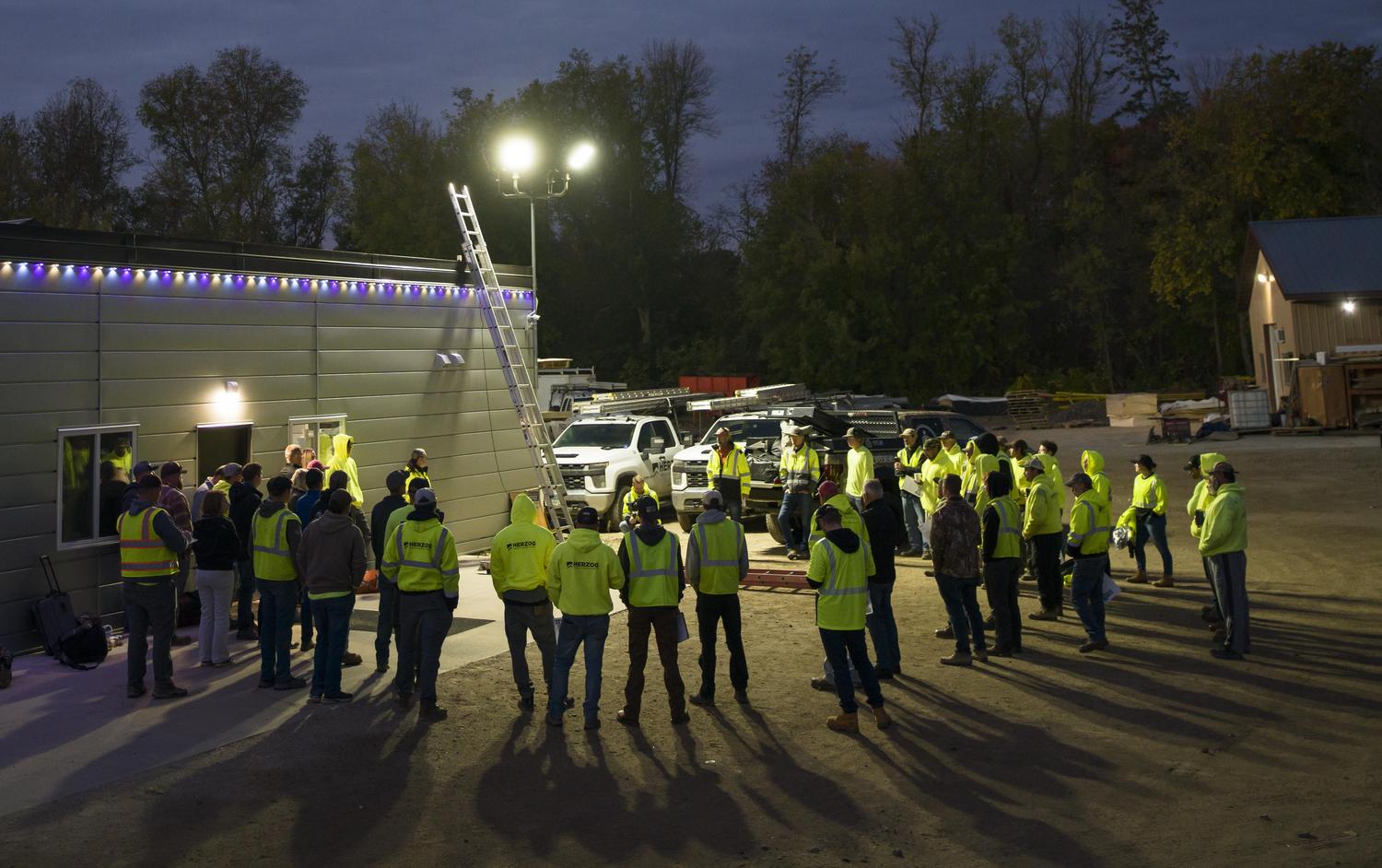
"When I first started roofing in the ‘90s, safety was barely a priority,” recalls Herzog’s Sheet Metal Supervisor, Brian Bebensee. “Now, it’s taken seriously—and that’s saved lives.” For those who’ve experienced the consequences of inadequate safety measures, the difference at Herzog Roofing is monumental.
“I’ve fallen off of roofs before I started working here,” continues Bebensee. “Broken ribs, hands, feet, you know, and all that type of stuff."
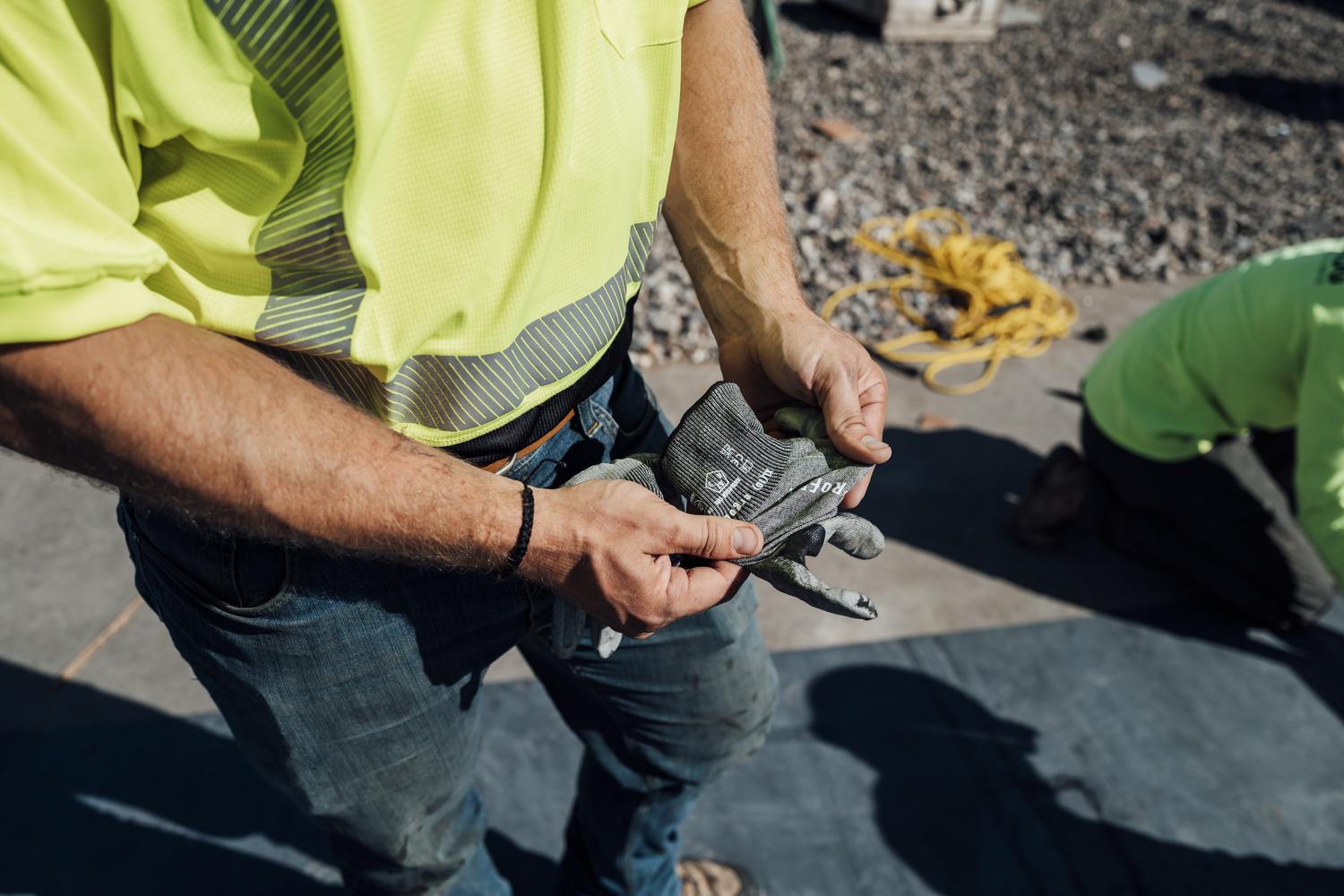
Bebensee’s crewmate Brad Bristlin has witnessed the same sort of safety evolution in his almost four decades in the industry. “In the ‘80s there really wasn’t any safety. No gates, no tie-offs, nothing. But I think we've always been kind of a leader in safety and it’s constantly evolved. And usually if we go to the boss and if it's something that will be applicable (to keep people safe) and help everybody, they're willing to spend the money to get it. They've been very good that way.”
Inviting Danielson and the Ergodyne team to Herzog HQ and on the job is one way employees get to see Bristlin’s point in action.
“We spend time with the people using the equipment to understand their needs,” says Danielson.
As a result, Herzog’s commitment to safety also helps inform future safety work gear innovations to protect not only their crew, but workers across multiple industries.
The Job: Elevating Standards in On-Site Safety
"It isn’t the high roofs that I think are the most dangerous,” says Seebold. “It’s those 12 and 14 foot roofs. When you get up 40 or 50 feet you respect that edge a lot more because you know if you're gonna fall something serious is gonna happen. But when you're on that 12-foot, 14-foot roof, you're sort of not worried about it. Well, guess what? You can die from a six foot fall just as easy as you can from a 50 foot fall.”
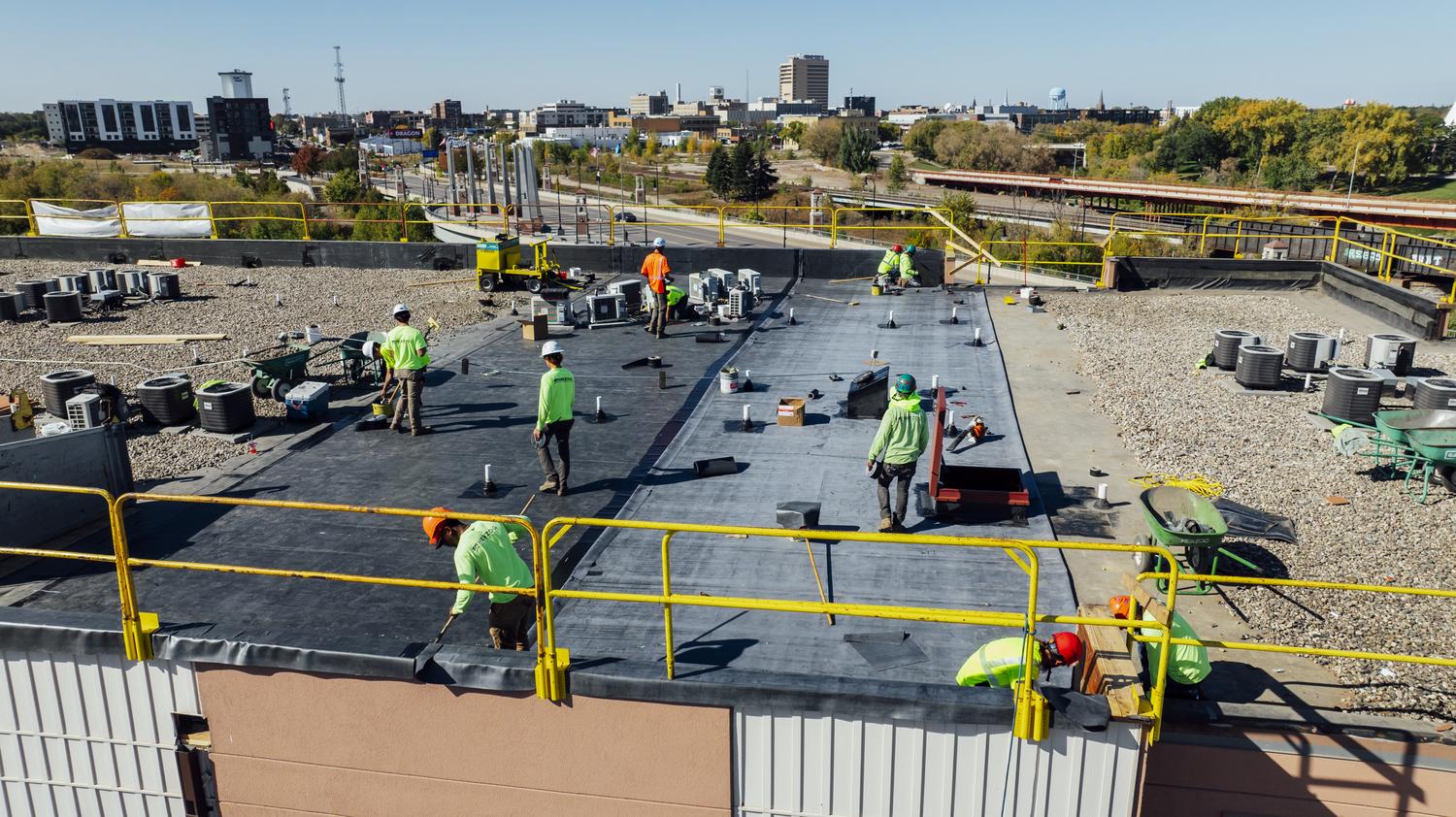
Herzog Roofing’s focus on safety begins with preparation but extends throughout every phase of a project. Crews are equipped with tools and training to ensure that they’re not just following safety protocols but internalizing them. Whether it’s wearing harnesses in lifts or securing roofing panels to prevent wind hazards, workers understand the importance of every precaution.
“I mean if you don't want to invest in [safety] then you're not investing in yourself, more or less,” remarks Bebensee when asked how he gets buy in from new workers on safety procedures.
"The bottom line is showing up for work on Monday and going home Monday night,” explains Seebold.
The Results: Pride in a Job Done Safely
The benefits of Herzog’s safety-first approach go beyond accident prevention to the very core of the communities throughout the region they serve. From hospitals to hockey rinks, schools to supermarkets, their work ensures that essential spaces remain operational, resilient and ready to support the everyday lives of those who rely on them.
It’s work that can be easily overlooked by many, but for Ergodyne and Danielson, the work and the results are inspiration to “...keep driving, keep moving forward. Keep trying to figure out what’s the best thing that we can do to keep people safe.”
